I grew up in South Florida during the days of the Cocaine Cowboys and Cigarette boats. Miami was fairly rough place, but becoming more multicultural, even back then.
My father was a WWII medic, a salvage diver, a cabinetmaker, a fireman, and an amateur photographer/film maker. He had a Bolex 16 and a Roberts reel-to-reel. My mother was a nurse anesthetist at Jackson Memorial's ER, a brutal place for a mom to work. My brothers and I were just learning to drive...
I remember strife for most of the years we were there, and it seemed to be worsening. To the east of where I lived, the Mariel Boat Lift had just changed the face of decaying, sleepy South Beach. Scarface wasn't far off the mark. In the local news, the Cubans and the Columbians were having Mac-10 firefights in the mall parking lots over coke deals gone bad. Bales of pot were washing up on the beach every day. The Arthur McDuffie verdict had just been handed down, which brought on The Liberty City riots, just a few miles away. I remember seeing the Norton Tire Co. burning, leaving a column of black smoke, four city blocks wide. This was all in a few short years, time span.
South Beach at 1st Avenue (a high school hangout) was pretty much was a half razed, abandoned dog track, a surfshop, a pizza shop, and a crumbling concrete pier where the remaining Jewish retirees of the original immigrant families from NYC would dance under a string of dim lightbulbs on Friday nights. The wonderful old Art Deco buildings, where they lived, were peeling and in need of restoration, and the old metal seashell chairs on the porches were rusty and empty. Weekends at South Beach were a crazy mix of disco types, hispanics, southern sh** kickers, stoners with hot rods, alcohol, Quaaludes, coconut oil, cruising and fist fighting.
To the south and the west, it was miles of everglades, moccasins, mosquitoes and alligators. When I was young, my family camped from White Springs to Flamingo, swamp stomped (hiking in a swamp), shot at cans, and we rode all over the everglades on ATCs. We didn't hunt though, so I was scared of encountering moccasins and gators, but nothing ever happened. My father would tell me that they were more scared of me than I was of them. To the north and west, especially during weekends, when we could drive, my brother and I would go to Pembroke Pines and Flamingo Road. It was scores of dirt bikes, monster trucks, swamp buggies, some broken bones, a few stolen cars, and general recklessness. It was a sight to see.
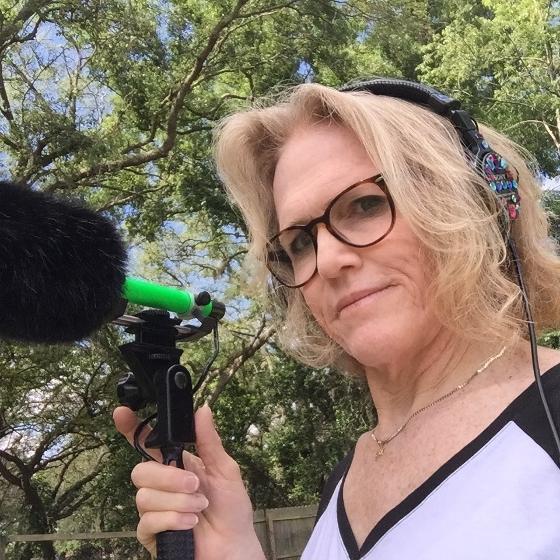
The Dade County school system was a mess, and really easy to "pass through" if you just showed up with any consistency. And though I was only an average student, and it was difficult to learn there, I still did. As I moved toward college I found science, literature, and drama kept my interest most, with math being a weak spot. I always knew I was headed to college.
Despite the times, my family stayed creative as much as we enjoyed the outdoors. We learned music and how to record live. We did all things nautical ~ sailed, power-boated, swam, water skied, snorkeled, and surfed in Florida's waters. I got sunburned more times than I could count. Today, and looking back, I didn't realize how much it all relates to what I do now.
My family returned to the west coast of Florida in 1980. By1990 - BA Studio Degree in Film Making - University of South Florida. From there, I managed a local film transfer and off-line editing house. I then went to a local educational cable station, starting in master playback, moving to post, then manager of the audio department for location and studio production. Beyond that, I became certified AVID editor, working post for five years, and slowly began training as a professional location sound recordist; this was back in 1997.
As a Tampa Bay native, my connection to Florida goes back some 150 years.
Below are a few of the colorful characters that make up my ancestry.
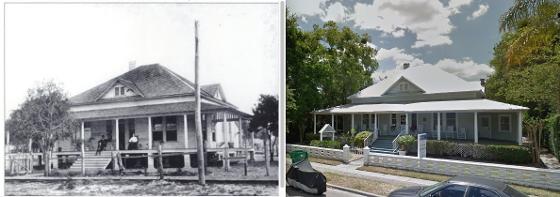
Maternal side: My great great great grandparents were the first married year-round residents in Pinellas County and the first to plant citrus groves south of the Anclote River. The Thompsons pose for the photographer in 1864, on the porch of their new home. Amazingly, the house is still there in Tarpon Springs, at 412 E. Tarpon Avenue. The home is on the historic registry as the Thompson-Jukes Home. They were also the first settlers in the area to locate south of the Anclote River. Left: Images Of America, 2002, Deloris Kilgo, Arcadia Publishing . Right: Google Street View.
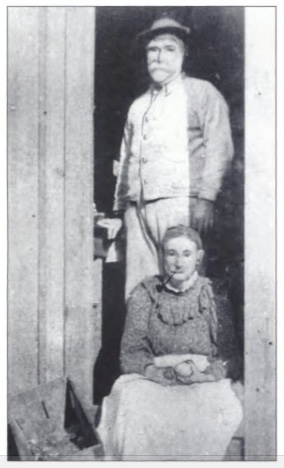
William and Emma Thompson, standing in the doorway of an earlier cabin, before they lived in the 'new' home above. Note the dainty pipe Mrs. Thompson has.
Left: Images Of America, 2002, Deloris Kilgo, Arcadia Publishing . Right: Google Street View.
Maternal side: This is the home of my great grandfather, Captain Arthur Rowe, Sr, a very capable mariner. He was John Ringling's ship captain for two of his three yachts ~ the steamer Wethea, and the Videnoffer II, but not the Zolophus. The home, was built in1921, and is on the historic registry. My grandfather said he hated the home, and the kids at nearbySarasota High made fun of him for it. Above: Google Street view
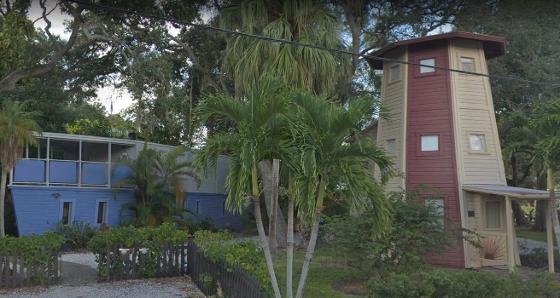
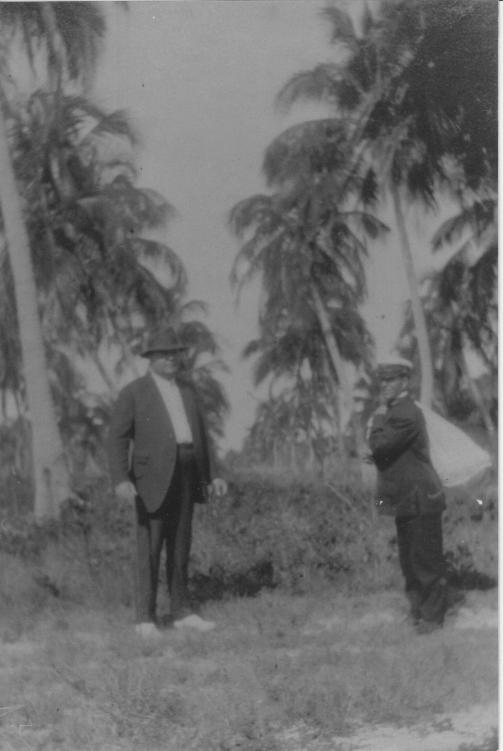
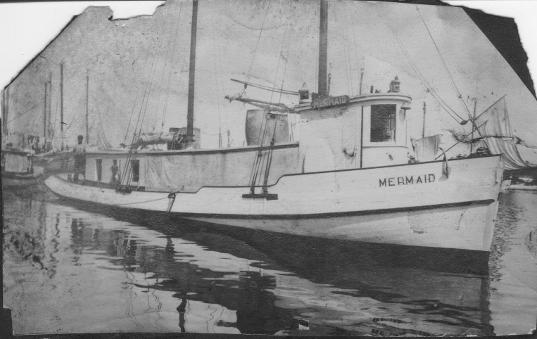
Captain Rowe posing on the stern of his day charter boat, the Mermaid. This picture was taken on the Hillsborough River at The Old Plant Hotel, some time around 1900. From his kiosk in the lobby, he would tour well-to-do New York families through the intracoastal waterways from Ancloat to Phillippi Creek, to see the alligators, moss and swamps. This is where he met Mr. Ringling who, at the time, was frustrated. He was seeking a spring training home for his acrobats, and the City of Dunedin, Clearwater - no one wanted his spring home in their town. Being of Sarasota, Captain Rowe had a few good spots to show Mr. Ringling. Sarasota welcomed the entertainer. The rest was history.
In the picture on the left: John Ringling and Captain Rowe (with the rucksack of provisions), on a shore excursion. This is very likely a photo taken by the staff photographer, during Ringling's expedition to stake out the Ca' d'Zan (his future home) in Sarasota. Photos property of the Rowe Estate
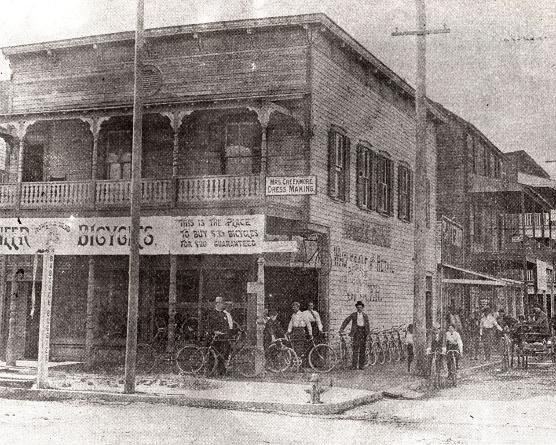
Maternal side: My great, great grandfather's bike shop, located on Florida Avenue in Tampa, Florida, opened in 1898. This was the father of Captain Arthur Rowe, William Rowe. My grandfather once told me that he vividly remembers seeing the steam driven fire engine from the sidewalk at this bike shop when he was a child. He said he was in awe, as this flaming steam engine flew down the street with the driver prodding this team of horses racing at the front, while the fire tinder standing on the back platform, "furiously shoveled the coal into the furnace...like his life depended on it". He told me he'd never forget that sight.
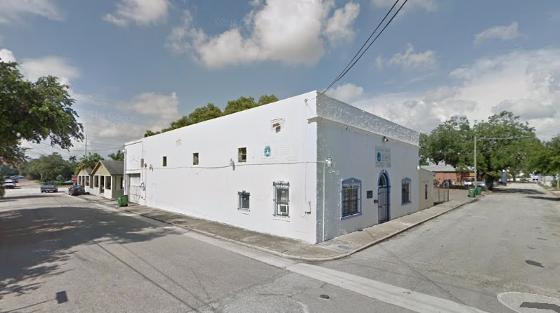
It's a church now, but the old Eli Witt Cigar shop still stands at 718 7th Av W. in Downtown Bradenton. Image: Google street view
Below, paternal side: My grandfather George Harris II. If Ybor City's legacy was built on cigars, and Hav-A-Tampa was the line of cigars it was built on, then this man and Eli Witt started it all. A fistful of cigars in his shirt pocket always, Eli Witt hired him, as his first traveling salesman.
Excerpt from: The South's Most Outstanding Tobacco Merchant, 1981, Earl J. Brown Havatampa Cigar Company, Vol. 7, Article 19. USF Scholar Commons, University of South Florida.
George Harris, to quote Mr. Eli, "took up loafing around the Eli Witt warehouse" with a friend from his home town of Montgomery, Alabama George had a Model T Ford and Mr. Eli thought it would be a good idea to send George and his friend to Bradenton and Palmetto to sell cigars. He loaded his car down and sent him on this 35 mile trip. They were back the next night all sold out. They made this trip a number of times until George’s car could not make it. At this point they wanted to buy a truck for George to use on this trip but McLeran had made it so they could not draw money out of the business.
Not to be defeated, Mr. Eli, Van Dyke, Woodbery and George Harris pooled their personal funds and bought a Ford truck at a cost of about $550. They painted it up with signs, "Eli Witt Cigars", loaded it with cigars from the wholesale house, and George returned to Bradenton selling the cigars for cash as he made deliveries. He returned with an empty truck but with cash to help pay some of the bills which were pressing. This is thought to be the first cash truck operation in the cigar and tobacco business in the United States....This was a very profitable trip with sales of about $1,000 on each trip. A little later a larger truck replaced the Ford. Then another truck and another territory were added. Trucks with signs, "Eli Witt Cigars" or with "Eli Witt, Cigars - That’s My Business" were becoming prominent throughout the area.
Picture of George (right, seen with two unknown customers) from Harris family collection.
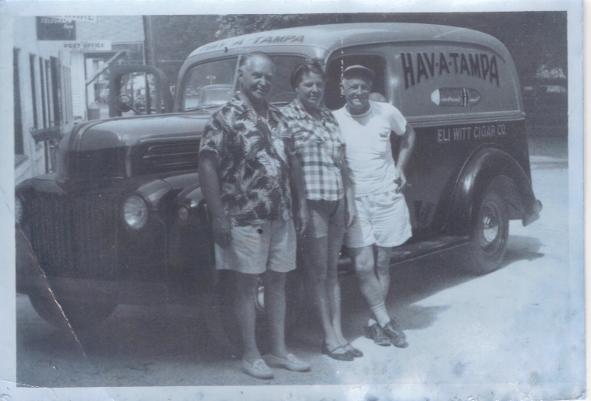
More coming...
© Copyright Figure Four Audio